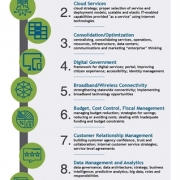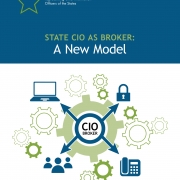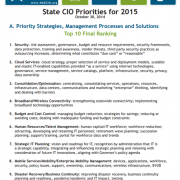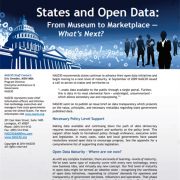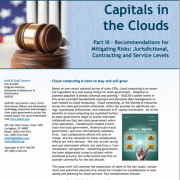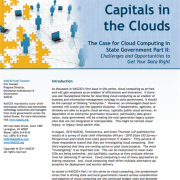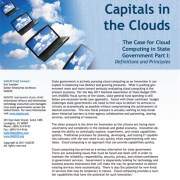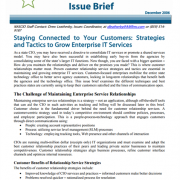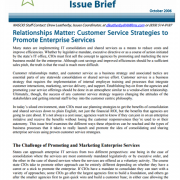Cloud computing brings with it opportunities, issues and risks. One major consideration that must be addressed is the management of data – governance, stewardship, consistency, ownership and security. Data is the lifeblood of state government operations and critical for service delivery. With the fiscal stress and operational pressures that are driving state and local governments toward serious consideration and adoption of cloud computing, the data must not be ignored. These pressures must be managed intelligently to avoid pushing government into a future situation that could constitute greater cost, and more difficulty in achieving interoperability of government lines of business and government jurisdictions.
Download

